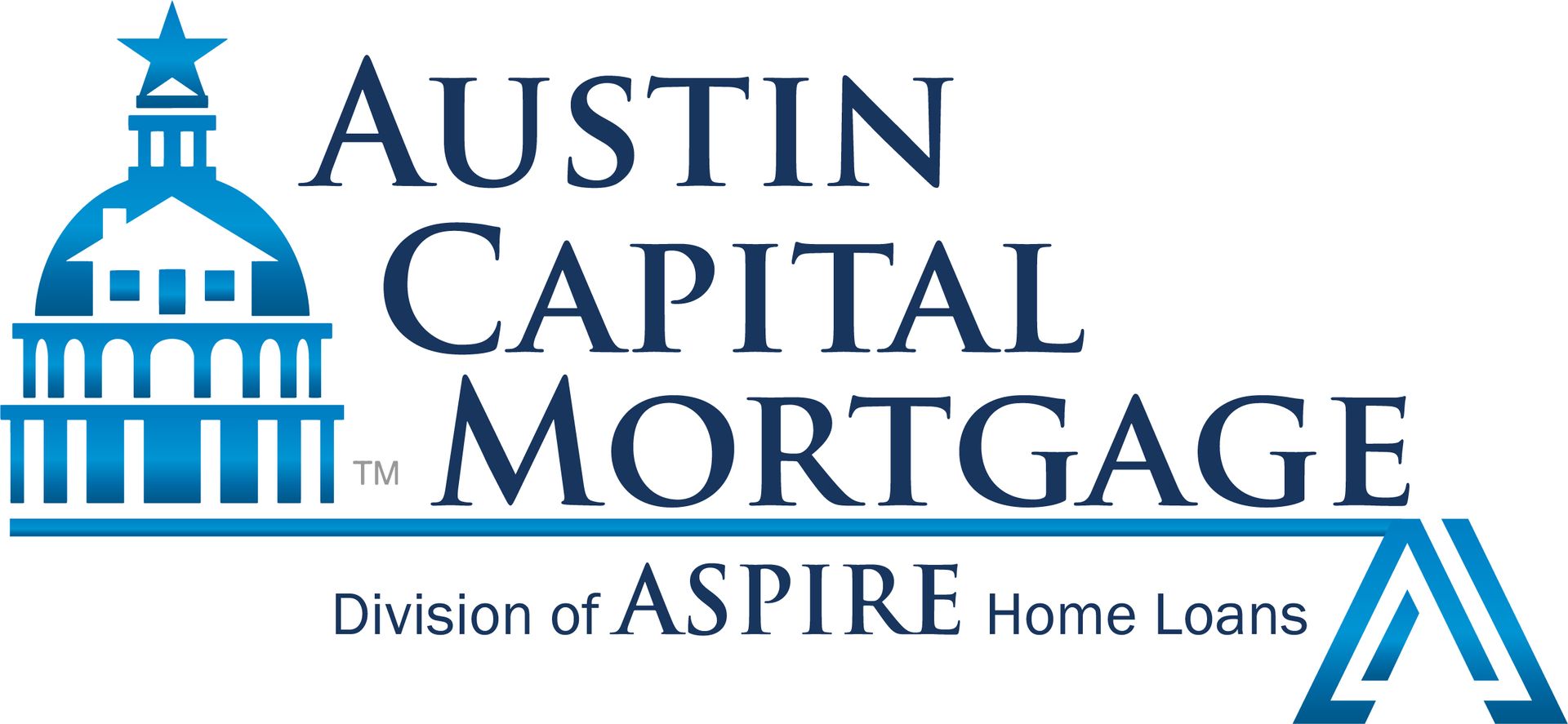Is a cash-out refinance worth it?
John Cronin
A cash-out refinance loan allows you to tap into your existing home equity to purchase anything you want. If you want to consolidate debt, make renovations on your home, or even buy a new car, a cash-out refinance allows you the opportunity to do so. Sound too good to be true?
What is cash-out refinancing?
If you have equity in your home and you need a large sum of cash, a cash-out refinance can be one of the cheapest ways to get it.
A cash-out refinance replaces your existing mortgage with a larger mortgage, and you get to pocket the difference. That money can be used for whatever you need it for.
Part of what makes a cash-out refinance so appealing is that it is a secured loan that uses your home as collateral. Therefore, they can have much lower interest rates than other types of loans.
How does a cash-out refinance work?
A cash-out refinance works like this: You take out a new loan larger than the amount of your mortgage. This new loan pays off your original mortgage and the remaining cash is yours to keep. That way you won’t have two monthly payments, since you’ll only have one mortgage loan.
The only stipulation is that you must retain at least 20% equity in your home. Or in other words, you can borrow up to 80% of your home’s value.
For example, if you took out a $200,000 mortgage, fast forward a few years and you now owe $100,000 on the loan. Assuming the home is still worth at least $200,000, you can cash out refinance up to $180,000. $100,000 of the cash out will pay off the existing mortgage balance. Then, the remaining $80,000 is yours to do as you please.
If you shopped around and/or waited for low-interest rates, you could also have more favorable terms for paying off the new loan than your original mortgage had.
What are the pros and cons of a cash-out refinance?
There are many details to consider when exploring a cash-out refinance.
The pros:
- You could potentially get a lower rate on a new loan than on your current mortgage.
- You can use the funds for any purpose. Some of the most popular include home renovations, paying for college, and consolidating debt.
- It can be one of the cheapest ways to borrow money.
- You may be able to negotiate better terms (payoff amount, repayment period, etc.) than your current mortgage.
- You can use the money to reinvest in your home and make a larger profit when it comes time to sell.
Some cons:
- Closing costs consume some of the cash you are borrowing. They are typically 2%-5% of the loan’s value.
- If the value of your home goes down, you can owe more on your loan than the home is worth.
- You can face foreclosure if you can’t make the loan payments.
- It may take you longer to pay off the home.
- Cash-out refinancing is generally worth it if you need the cash and can work out terms more favorable than your current mortgage. The risk is the same as your existing mortgage in that if you can’t make the payments, your home is on the line.
What are alternatives to cash-out refinancing?
While a cash-out refinance is a great option, there are some alternatives that could work well, depending on your situation.
Home Equity Loan
A home equity loan (HEL) is similar to a cash-out refinance as it lets you borrow a large sum of money from the equity in your home.
Whereas a cash-out refinance pays off your old and creates a totally new mortgage, a HEL is a second mortgage. Home equity loans have lower closing costs because you only pay the 2-5% on the amount you borrow.
The lower closing costs are an advantage over cash-out refinancing, but typically home equity loans have a higher interest rate than cash-out refinancing.
Finally, a benefit of HELs is that it leaves your existing mortgage intact, so you can potentially be paying off your home quicker and with less interest.
With a HEL, you open up a second mortgage on top of your existing one and are paying off a smaller amount (with potentially higher interest) than the full cash-out refinance.
Home Equity Line of Credit
A home equity line of credit, or HELOC, is a bit like having a credit card for your home. You can borrow smaller amounts as needed (up to your credit limit) and only pay interest on the outstanding loan balance.
HELOCs are second mortgages like HELs; however, they have minimal closing costs. HELOCs offer more flexibility than a cash-out refinance if you’re looking to borrow smaller sums of money over shorter periods.
Personal Loans
Personal loans are an option as well. Usually, personal loan interest rates are higher than the above because they are not tied to a valuable asset, i.e., your home. That could be an advantage if repayment goes wrong, as you won’t lose your home as collateral.
Overall, one must consider if your home is on the line, the amount of money, and the terms they can gain when deciding on what type of loan to take out.
When is it best to use a cash-out refinance?
The best time to use a cash-out refinance is when you need a large sum of money, have a good amount of equity in your home, and can refinance your mortgage into better loan terms.
Use a mortgage refinance calculator to estimate how much you could earn from a cash-out refinance.
Let Austin Capital Mortgage refinance for you
If you’re considering a cash-out refinance, shop around for lenders who will give the best interest rate and terms for your loan.
For example, if you’re in an FHA loan, you could cash out into a conventional loan, drop your private mortgage insurance (PMI), and keep the lump sum of cash.
Now that you know what a cash-out refinance is, you can make a smart decision on the best way to make your home’s equity work for you.
Begin your home loan or refinance process with Austin Capital Mortgage today. Our mortgage advisors are standing by.

